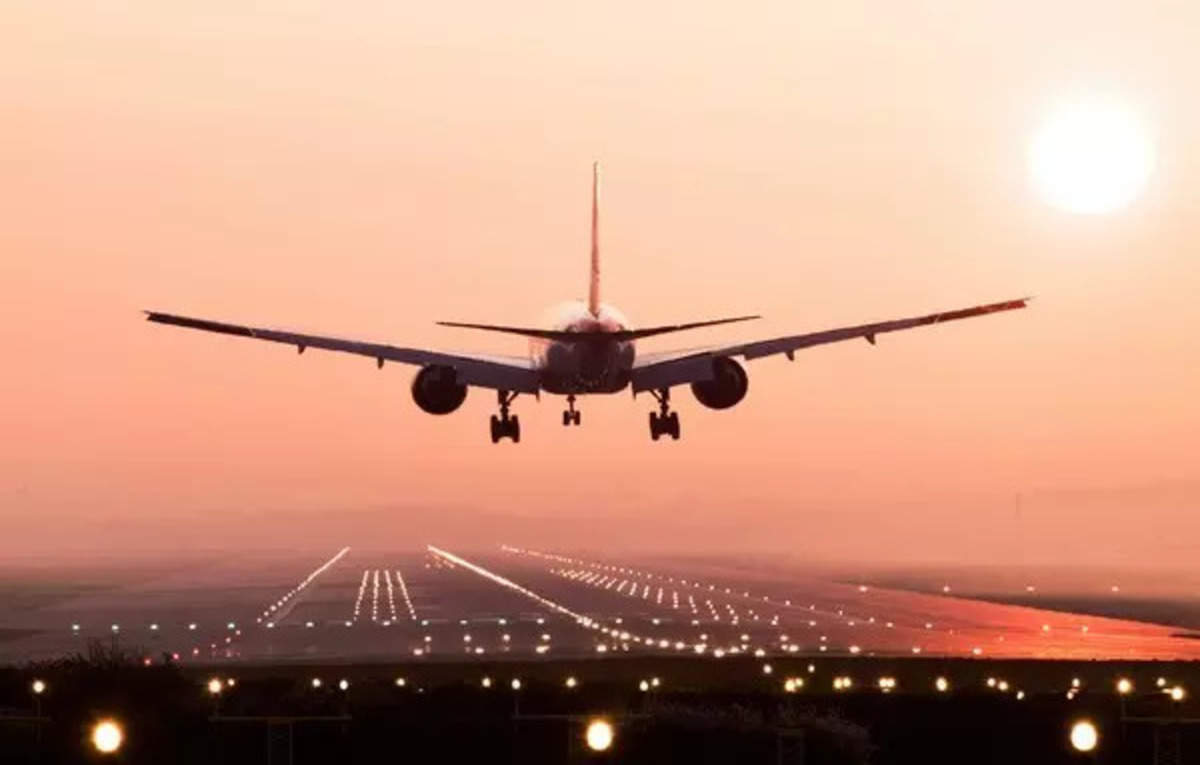


Indian airports need to review their pricing strategies and can substantially increase their profitability by garnering more non-aeronautical revenues, according to aviation consultancy firm CAPA India. India is the world’s third largest domestic civil aviation market and air traffic is on the rise. Airlines are increasing their fleet, operating more routes while airports are also expanding their capacities. Airports operated on Public Private Partnership (PPP) mode generate more non-aero revenues compared to those operated by the Airports Authority of India (AAI), the consultancy said during a webinar on Thursday.
Just five PPP airports — Delhi, Mumbai, Bangalore, Hyderabad and Cochin — accounted for 71 per cent of the total non-aeronautical revenue in India in FY2020, while handling 53 per cent of the total traffic, CAPA India said.
continued below
Despite significant increases since privatisation, Indian PPP airports still have much more headroom to increase non-aero revenue to global levels, CAPA India said and added that airports need to review their pricing strategies.
“Indian airports can enhance their profitability substantially by increasing the penetration of non-aeronautical revenue streams to move closer to the spending profile of Indian travellers,” it said.
Further, the consultancy said that airports need to consider whether aero charges reflect the demand on airport resources and whether there could be greater differentiation based on time of day, profile of passengers, business model and frequency operated by the airline.
During the January-May 2024 period, domestic airlines carried 661.42 lakh passengers, as against 636.07 lakh passengers during the year-ago period, according to the latest official data.
In her address to the joint sitting of Parliament on Thursday, President Droupadi Murmu said, “India is the world’s third largest domestic aviation market,” and added that in April 2014, there were only 209 airline routes, which increased to 605 by April 2024.
“This increase in the aviation routes has directly benefitted Tier-2 and Tier-3 cities,” she added.